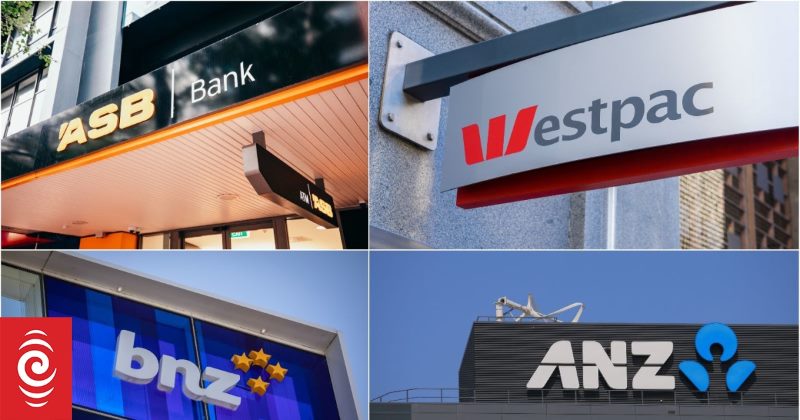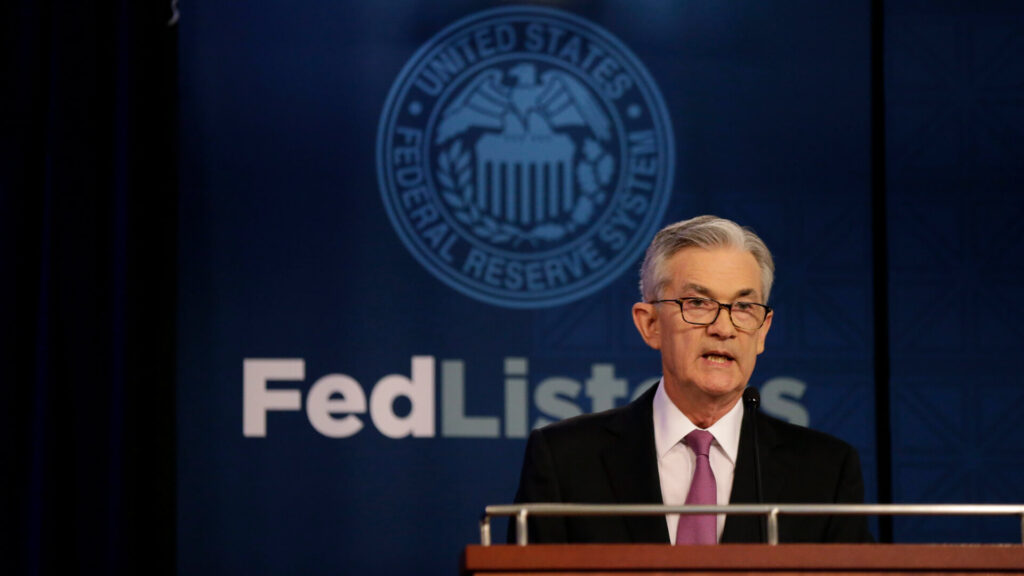Economy
Fed’s Rate Cut A Political Tightrope
The Fed’s Rate Cut A Political Tightrope rate cut has made a significant move by reducing borrowing costs by half a percentage point just weeks before a critical election. This decision comes despite the Fed’s intention to remain distanced from political matters, a challenge in an election year. Central bank officials cited compelling economic rationale behind this cut, noting that inflation has stabilized and the job market shows signs of weakness.
The First Cut in Four Years
This rate cut marks the Fed’s first reduction in four years, coinciding with a crucial presidential campaign season. The campaign hinges on public sentiment regarding the economy and its overall performance. While the Fed emphasizes that monetary policy operates with a lag, many speculate on the move’s impact. This action could uplift market sentiment and boost public morale ahead of the election. It might favor a Democratic campaign seeking to highlight positive economic indicators before November 5.
The Fed’s rate cut could enhance market sentiment and support Democratic campaign narratives, according to wsj news.
Political Reactions
The Fed’s recent decision has drawn criticism from various political figures across the spectrum. Republican candidate Donald Trump suggested the Fed might be “engaging in politics.” Meanwhile, Democratic Senator Elizabeth Warren accused Chair Jerome Powell of delaying necessary economic relief for Americans. Such responses are typical during election years, but scrutiny of the Fed is particularly intense this cycle.
The Balancing Act of Independence
The Fed faces the delicate task of supporting the job market while avoiding the risk of reigniting inflation in the economy. The issue of central bank independence remains a contentious political topic in today’s political landscape. Trump’s campaign advocates for increased political influence over monetary policy, reflecting a significant shift in perspective. As usual, party lines dictate perceptions of the economy, with Democrats emphasizing improvements and Republicans highlighting potential pitfalls and challenges ahead.

Banks Struggle Amid Rising Inflation and Rate Hikes
The nation’s largest banks amid rising inflation, including JPMorgan Chase, Wells Fargo, and Citigroup, are grappling with significant…
Diverging Perspectives on the Economy
Vice President Kamala Harris and President Biden hailed the recent rate cut as positive news for the economy. Biden stated that inflation and interest rates are both declining, signaling a positive shift. In contrast, Trump labeled the cut as indicative of a struggling economy and raised concerns about its implications. He emphasized potential political motivations behind the decision, suggesting ulterior motives. This contrast highlights the differing perspectives on economic management between the current administration and Trump’s criticism.
Future Economic Outlook
Despite the criticisms, the Fed remains optimistic about achieving a soft landing, where inflation is lowered without triggering a recession. However, officials are cautious about the risks involved. If rates are cut too aggressively, inflation could return; if cut too cautiously, unemployment might rise sharply. This balancing act underscores the uncertainty surrounding the Fed’s recent decision.
Navigating Political Vulnerability
The Fed’s recent actions come during a politically charged atmosphere, marked by heightened scrutiny from both parties and lawmakers. While Powell enjoys some goodwill among lawmakers, economist Ernie Tedeschi notes the Fed’s political vulnerability is greater than in decades. If the central bank navigates this period successfully, its delayed response to inflation may seem minor. Conversely, failure to manage the economy effectively could lead to significant cautionary tales with serious ramifications.
Secure your exclusive 3-year subscription to Bloomberg News and The Wall Street Journal today, enjoying a 77% discount. Combine these influential sources for invaluable financial insights and diverse perspectives.

